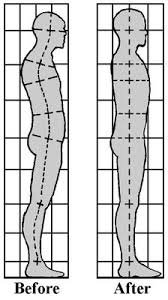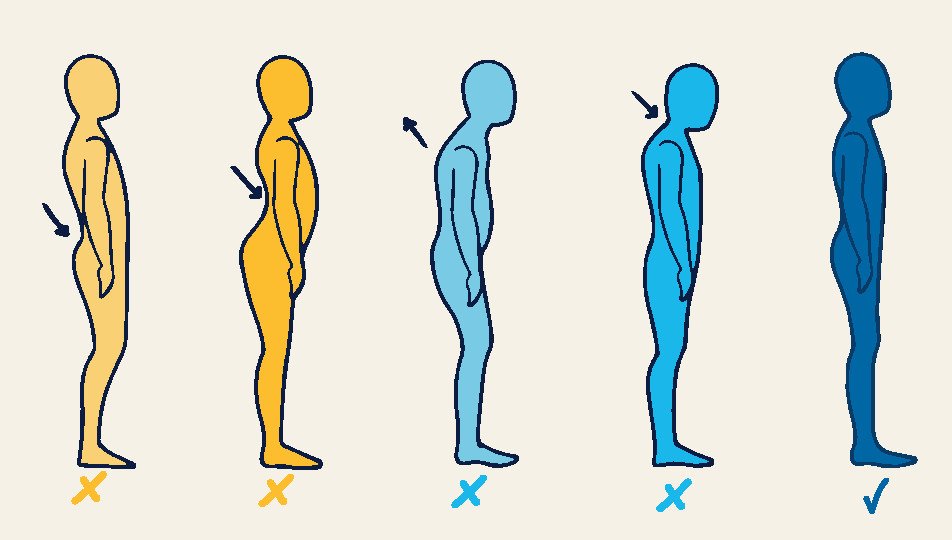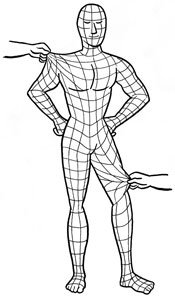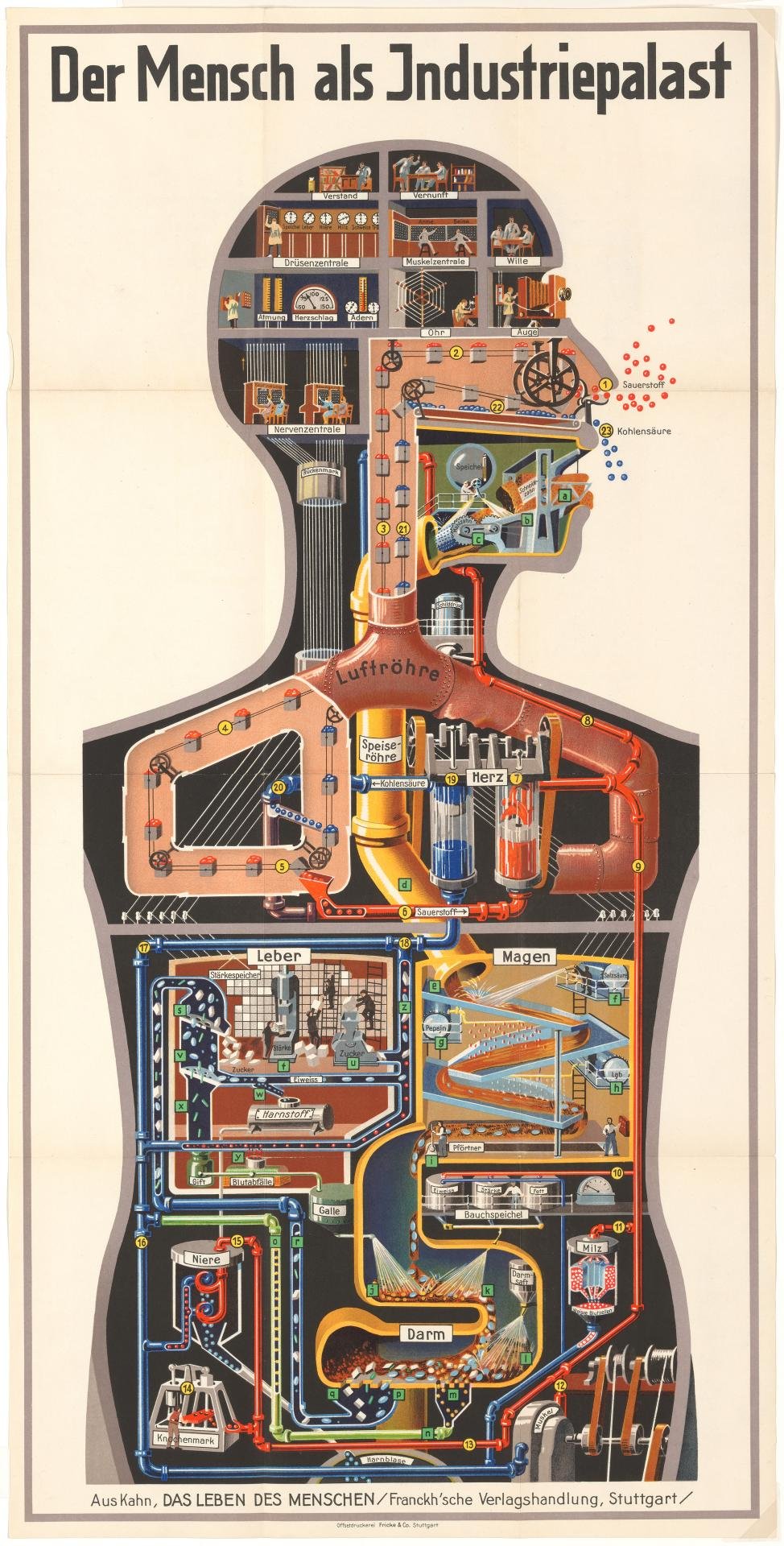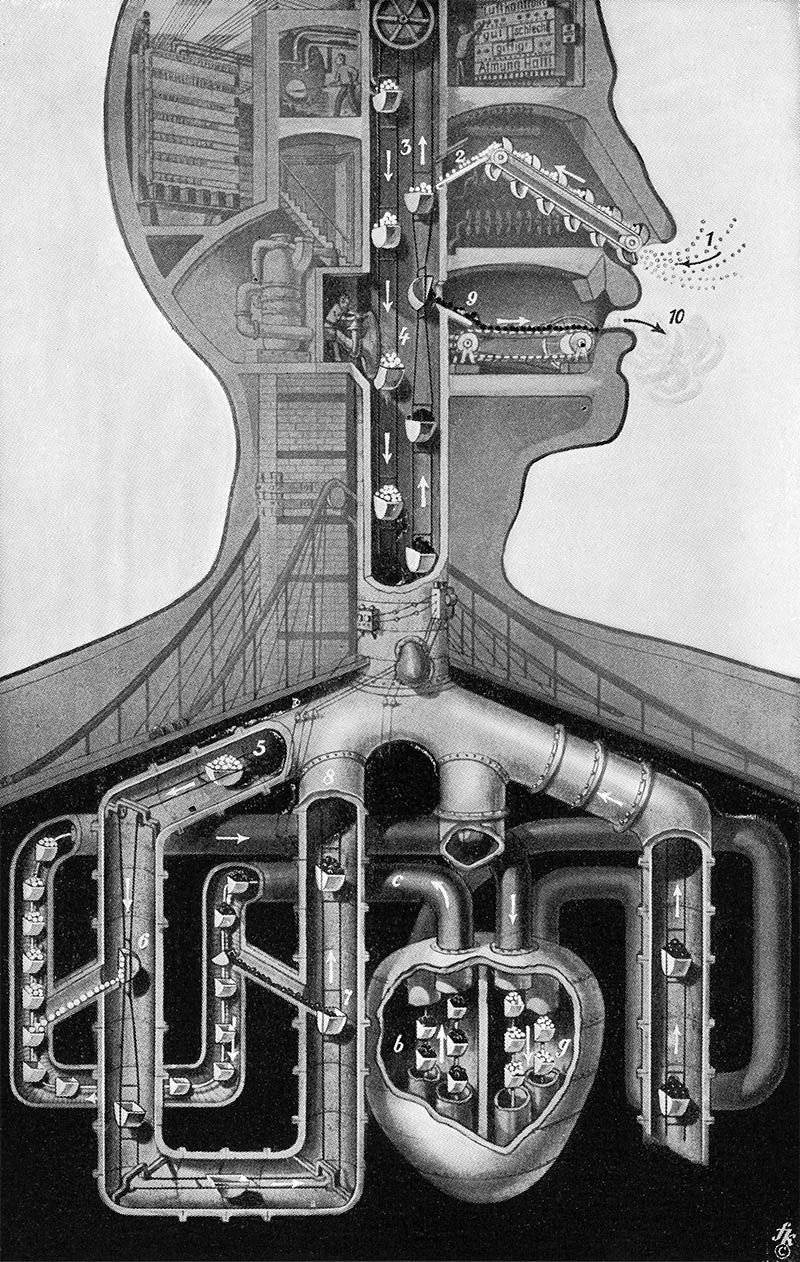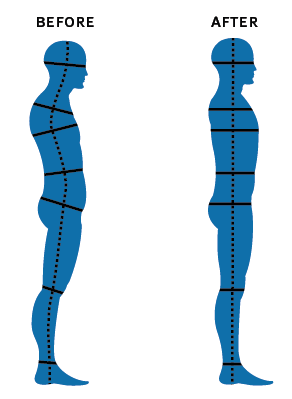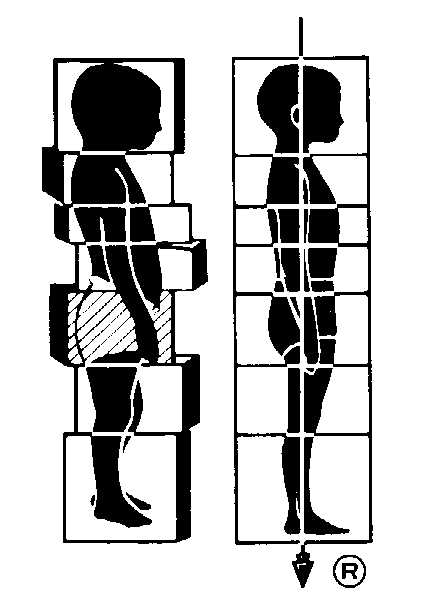Models of Seeing
October 18, 2017
When we talk about "Models of Seeing," we are talking about different lenses through which to view the body, its posture, and its biomechanics. These models explore dimension, from lines to planes to blocks and beyond - even likening the body to the tensegrity structures of Buckminster Fuller. These models, these lenses, are useful in their variety because they speak to more than one way of thinking, more than one way of seeing. And because all of our bodies are so unique, and our relationships to them all the more so, a diversified approach allows us to understand human biomechanics on a less clinical, more personal level.
Different models resonate with different clients, or even with different parts of the client's body on any given day, and in any given session. Those going through the 10-Series may find a sense of progression through the models, either physically, energetically, emotionally, psychologically, or some combination thereof.
The hallmark symbol of Rolfing is the "Little Boy Logo," which uses the block model to display a before & after transition through the Rolfing process. It is perhaps the most simplistic of the models, but also the easiest to grasp. In the "before", the boy's blocks are askew leaving him torqued and slumping. The "after" figure, instead, exhibits postural support...a sense of lift...uprightness! The rearrangement of the blocks, from disarray into a clean stack, represents the transformation from a challenged posture to a liberated one. (Fun fact: The client who modeled for the logo was a child who was treated by Ida Rolf in the early years of her work.)
The Plane Model is a simple way to view the body, specifically in terms of movement. The three axial planes of movement are the Transverse (rotational), the Coronal/Frontal (side-side), and the Sagittal (front-back). Using this vocabulary, we can talk fluently about restrictions to movement in reference to objects in space.
The model most frequently referred to in the actual process of Rolfing Structural Integration is the line. In Rolfing, being on your line is the name of the game and the goal of the work. This "line" is a technical reference point for a conceptual space defined not by anatomical structures themselves, but rather by the relationships between them. It reaches from the soles of the feet to the crown, through the centermost axis of the body.
Anatomically: The line reaches from the arches of the feet through the pelvic floor, kissing the front of the lumbar spine and reaching between the lungs, up through the floor of the mouth, between the R/L brain.
Conceptually: This central axis is our connection from bottom to top; from earth to sky.
For more on the line, check out our posts Gravity and Sky+Ground.
The last Model of Seeing we'll discuss in this post is a bit of an intersect between the Plane Model and the Line Model. I have not found a name for it in my years of work and research, so for lack of anything else, we'll call it the Bisectional Model. Under the umbrella of the Bisectional Model, we'll discuss the Front/Back, Top/Bottom, Right/Left, and Inner/Outer representations. In the Bisectional Model, the body presents with two halves in some degree of disharmony. They may differ in range of motion (ROM), tissue mass/development, sensation or functionality. In the setting of Rolfing Structural Integration or other structural forms of bodywork, the goal of viewing through this model would be to facilitate harmony between the two halves.
